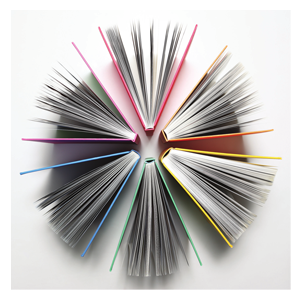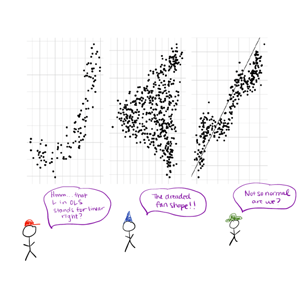From Notices of the AMS
Contact Geometry and the Mapping Class Group
by Joan E. Licata | MR Author Profile
This article introduces the mapping class group of a surface; describes techniques for building three-manifolds from mapping classes; and explores a relationship between algebraic structures in the mapping class group and some geometric properties of the resulting manifolds.
Three-manifolds are tantalizing objects. With physical senses adapted to a three-dimensional physical world, we might expect to have geometric intuition, yet few of us can easily visualize how to rotate the Poincaré homology sphere or navigate $\mathbb{R}P^3$. One trick for making three-manifolds more accessible is cutting them into pieces: a lens space may be hard to imagine, but anyone who's enjoyed a donut or two can picture a pair of solid tori. Decomposing large complicated objects into smaller, simpler pieces is ubiquitous in topology, but ultimately, the infamous Pottery Barn aphorism kicks in: if you break it, you fix it. Once we cut, we need to be able to glue these pieces back together.
From the Feature Column
The Origins of Ordinary Least Squares Assumptions
Some Are More Breakable Than Others
by Sara Stoudt - Bucknell University
Fitting a line to a set of points . . . how hard can it be? When those points represent the temperature outside and a town's ice cream consumption, I'm really invested in that line helping me to understand the relationship between those two quantities. (What if my favorite flavor runs out?!) I might even want to predict new values of ice cream consumption based on new temperature values. A line can give us a way to do that too. But when we start to think more about it, more questions arise. What makes a line "good"? How do we tell if a line is the "best"?



